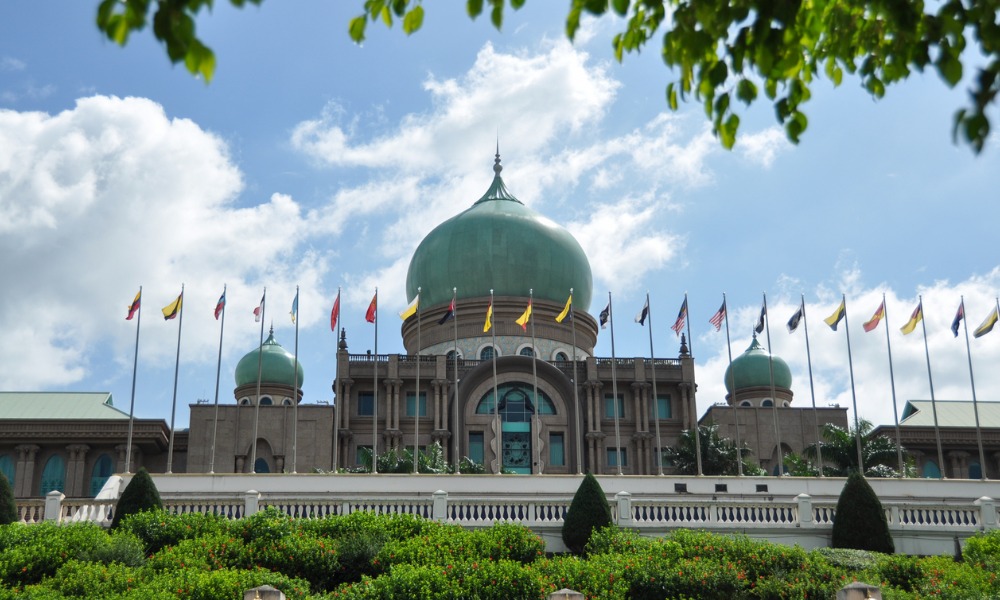'An office with a good environment can economically benefit an organisation by just over a million Japanese Yen per person per year,' says academic

Researchers in Japan have calculated the economic benefit to employers in providing their staff with optimal workplace environments.
By creating the best spaces in which to work, organisations could potentially create additional productivity worth millions of Yen per year, the researchers concluded, after surveying 1644 workers from 29 office buildings in Tokyo.
“Our study reveals that an office with a good environment can economically benefit an organisation by just over a million Japanese Yen per person per year, through the improvement of perceived work efficiency,” says Shun Kawakubo, the professor from Hosei University who led the study.
“While previous studies have highlighted the importance of factors like office interiors and building sanitation, [our] research uniquely integrates elements to provide a comprehensive, data-driven analysis of how each aspect contributes to enhancing worker efficiency.”
Optimal office environments
The study, which also included contributions from Shiro Arata and Masaki Suguichi from Hosei University, was published in the journal Building and Environment and is called “Economic benefits of the effects of office environment on perceived work efficiency and presenteeism.”
It emphasises the importance of a number of elements in creating the optimal office environment. These include having worker-friendly interiors and furnishings, which was the aspect found to have the greatest impact on employee productivity. The next biggest influence was building sanitation, followed by air conditioning and the availability of appropriate meeting spaces.
Kawakubo stresses that light source too has a significant impact.
“Office lighting environments have been found to have a positive economic impact of 225,000 Japanese Yen per employee per year by reducing employee presenteeism,” he says, explaining that presenteeism is when employees work while sick, and productivity is reduced as a result.
The economic impact of lighting
“In recent years a lighting design called ‘task and ambient lighting’ has gained attention,” he says. “Ambient lighting provides adequate brightness for the entire office, while task lighting provides sufficient brightness around workers' desks to create an appropriate lighting environment.”
The importance of adjusting lighting levels according to the time of day in accordance with human circadian rhythms should also be noted, he adds.
“Implementing a lighting system that can achieve these benefits can be challenging but the potential benefits are significant. It is therefore worth actively exploring the possibility of implementing such a system.”
The survey collected data through questionnaires and physical elements such as temperature, air quality, and noise, with perceived work efficiency reported by workers. To estimate the economic value, the researchers compared measurements for the data from an ‘ideal’ office setting with maximum work efficiency.
Reduced presenteeism in better offices
The researchers also looked at the extent of presenteeism, noting that a better office environment was linked to higher performance due to reduced presenteeism.
“Even if someone doesn’t reach the point of being absent due to illness, most people have likely experienced situations where they showed up to work but couldn’t perform at their best due to not feeling well,” says Kawakubo. “The estimate we provide for the impact of presenteeism in this study is a reflection of these situations translated into economic value.”
To achieve the best results, he recommends consulting employees.
“Changing the office environment after consulting with employees is likely to create a more favourable environment for employees,” he says.
RTO benefits from improved workplace environment
Giving this kind of consideration to working spaces will also help encourage employees who’ve become used to remote working to want to return to the workplace, says Kawakubo.
“Creating a more attractive environment for employees may be reason enough for them to return to the office.”
By giving greater consideration to office environments, not only will there be an economic benefit from greater worker productivity, notes Kawakubo, there are gains to be made too in terms of talent attraction and retention.
“The concept of health management, which looks at employee health from a human capital perspective, has been gaining recognition in recent years,” he says. “Some companies are trying to improve the office environment as part of their health management, in addition to improving benefits. Not only can health management help retain talent by improving the health of employees, it can also help attract talent by making the company more attractive to people outside the company.”
Activity Based Working gaining in popularity
Kawakubo also predicts that Activity Based Working (ABW) will become more popular.
“In contrast to traditional work styles where each employee has a fixed desk, ABW has gained attention in recent years,” he says. “This is a work style in which employees decide where to work based on the type of work they are doing.
“Our study showed that the availability of meeting space according to the situation helps to improve perceived work efficiency. The creation of meeting and concentration spaces will make it easier for employees to find the optimal office environment. ABW may become a necessity for the office of the future.”








